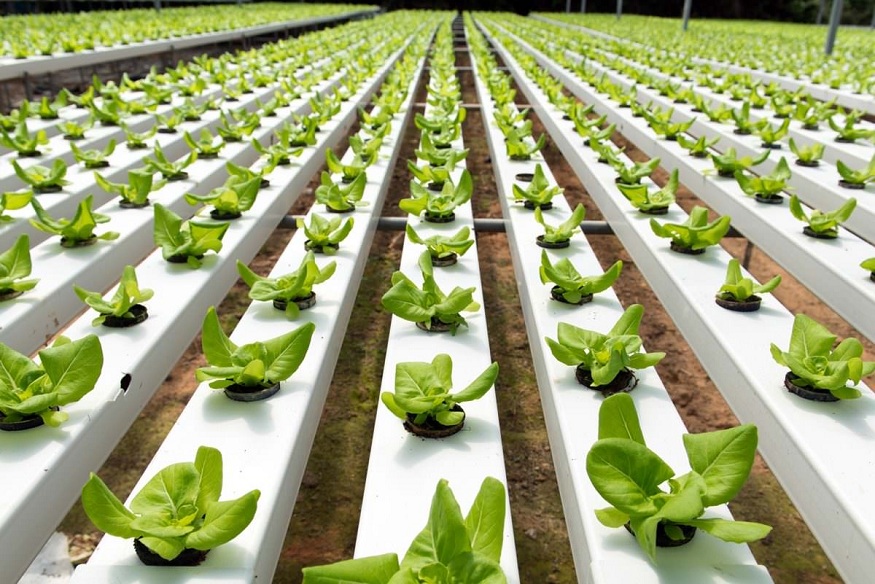A revolution in the field of agriculture took place with the Hydroponics farming method. To explain it in simple terms, it means growing crops without soil. This is a type of horticulture that uses mineral nutrient solutions to grows crops. It does not require a huge space to function, it can work in a small space like a balcony as well. The method saves water and produces pesticide free products. The Hydroponics method has multiple approaches but in the end the core elements remain the same.Some terrestrial plants are grown only by exposing their roots to a nutritive liquid while some of them grow with the help of photosynthesis
Why use Hydroponics?
This revolutionary technique can help to create hyper local food systems. This essentially means that food can be produced anywhere in the world. Especially with the ongoing problems of climate change, the temperatures have been changing through different seasons creating an unfavorable growth environment. Even without those places like deserts, concretes, etc. just are not feasible to produce plants. Due to this very reason most of the vegetables are transported from far different lands and due to the transit, they lose their nutrients. Hydroponics majorly solve this problem by allowing to grow these crops in any season and weather. Moreover, a properly managed hydroponics plant is mostly soaked into nutrientsresulting in hydro plants maturing up to 25 per cent more quickly than the plants grown in soil. And it may seem surprising but these plants actually require less water than the plants grown in soil.
Core Elements
There are a few core elements that are required to produce plants with Hydroponics involving Water with a pH level 6-6.5, oxygen, root support as the plant would not have the support of soil in this method. It also requires some nutrients like magnesium, calcium and phosphorus to be healthy along with some other nutrients. And lastly one of the most important elements to produce a healthy plant is light. In case the plant is being grown indoors, some investment in special lighting would be required.
These key elements when observed and adjusted can give you just what your plant requires and can be replicated to grow more in the future as well.
Future of Hydroponics
Indian hydroponic market is expected to grow at a CAGR of 13.53 per cent between 2020-2027. India produces surplus produce and has a great part in the green revolution. The land is now limited with the current situation of rising population which needs proper housing facilities, production of plants without using land can be a great value addition for a country like India where agriculture is a source of primary livelihood for majority of the citizens. Even NASA considers Hydroponics to be the method through which food could be grown in space by the astronauts.
Conclusion
Hydroponics is the future of farming and is the most efficient way to produce crops. It saves time, space, resources and provides the crops any time of the year. It also helps with urban farming and climate change.




